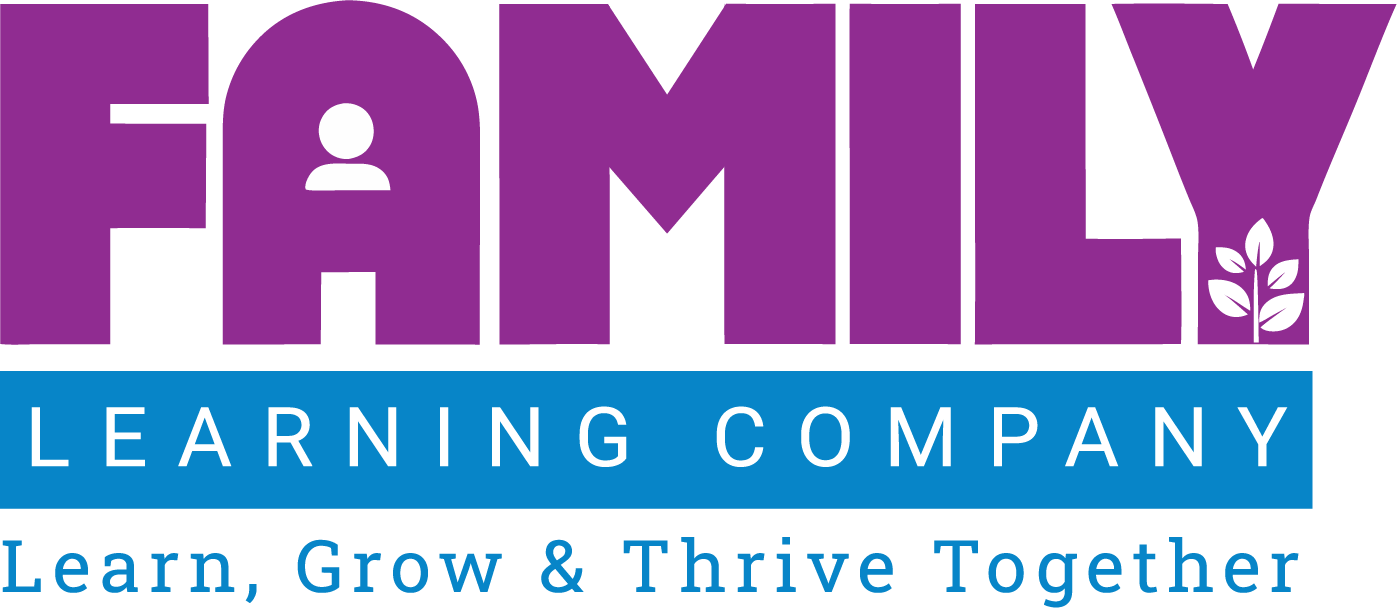Family Learning FAQs

Family learning has transformative power in improving literacy. It highlights the reciprocal nature of family learning: parents aiding children and vice versa to master reading and writing, fostering a supportive environment. These programs ensure continuous support for individuals to achieve literacy, a challenging endeavor when pursued alone. By empowering families through dedicated software offering learning activities and guidance, it facilitates collaborative learning anytime, anywhere. The software's videos aid parents in supporting their children, creating a platform for familial growth, higher wages, and improved quality of life, emphasizing the long-term benefits of shared family learning efforts.
Where Is The Research On Your Product?
There is extensive third-party research on all of the methods used to create Interactive Family Literacy, for example, formative assessment, learner control, vocabulary development, and animations. There is a Research tab on the web site that that provides a one-page white paper on each of the seven methods.
Do You Plan to Build an Assessment?
We plan to build a baseline assessment and an assessment to measure growth. The assessment will have learners play activities so that it will not feel like a test. The assessment will include different activities for children of different ages and for adults. We will provide result to learners (to help them decide where to start) and to schools (to measure growth).
How do I Make Assignments?
Teachers can recommend activities, but there are no assignments. Interactive Family Literacy is learner-controlled. The research indicates that learner control is more effective than assignments. The software provides formative assessment data (in the form of yellow and green stars) that students use to inform their learning decisions.
What Grades at the different levels?
For most of the student modules, there are four levels for each grade: Early Literacy (Grades PreK-K), elementary Literacy (Grades K-3), Upper elementary STEM (Grades 4-6), and Middle School (Grades 6-8). For High School, there are three levels per grade (Grades 9-12). For Adult Literacy, there are two levels per adult reading grade (Grades 1-8).
Why Aren’t There More Animations?
For most of the student modules, there are four levels for each grade: Early Literacy (Grades PreK-K), elementary Literacy (Grades K-3), Upper elementary STEM (Grades 4-6), and Middle School (Grades 6-8). For High School, there are three levels per grade (Grades 9-12). For Adult Literacy, there are two levels per adult reading grade (Grades 1-8).
Are We Aligned To State Standards?
Most states use Common Core Standards and Interactive Family Literacy is aligned to the Common Core Standards for all Grades, K-12. Many states, like California and Arizona, have their “own” standards that are over 99% the same as Common Core Standards, and the software is aligned to them. Texas has its own, unique standards, and the software is aligned to them.
How Many Languages Do you Support?
There are already four different languages versions of Interactive Family Literacy: English, Spanish, Vietnamese, and Swahili. Our next languages will be Arabic, Haitian Creole, and Mandarin. Because our technology platform makes creating language versions easy, we can create additional languages for school districts is they order a sufficient number of software licenses.
How Do We Engage Parents?
We start by sending them biweekly emails or text messages with concrete suggestions for learning together with their children. We enable them to log in together with their children. They must log ins together with their children for the children to set a learning goal. When they log in together with their children they play many of the activities in multi-player mode.
How Do We Deliver?
Most students and their families access the online version of Interactive Family Literacy. But many families do not have tablets or laptops at home and use their phones to access the Internet; this is not sufficient “access” for families to acquire literacy skills. For these families, we preload all 10,700 activities on inexpensive Android tablets that require no Internet access.
What is a Module?
Interactive Family Literacy has a number of modules. Each module is a collection of activities (from 500-1,500) for a particular age in a specific language. Family members select a module using the Settings (gear) button.
Does Interactive Family Literacy Actually Have Thousands of Activities?
Yes, Interactiuve Family Literacy has over 10,700 activities. For a literacy product to be effective, it must include all six components of literacy: phonemic awareness, decoding, reading comprehension, reading fluency, vocabulary development and writing. A product with even hundreds of activities is not comprehensive enough to be effective.
Why Don’t You Use Adaptive Learning?
There are many reasons. First, the algorithms in many adaptive software programs don’t actually work accurately. Second, the research indicates that learner control is more effective than adaptive learning. Third, adaptive learning pushes people towards “individualized” learning and away from collaborative learning; humans are social animals who learn best with others. Finally, adaptive learning prevents learners from making decisions and data-driven decision-making is the number one skill employers look for in their employees.
